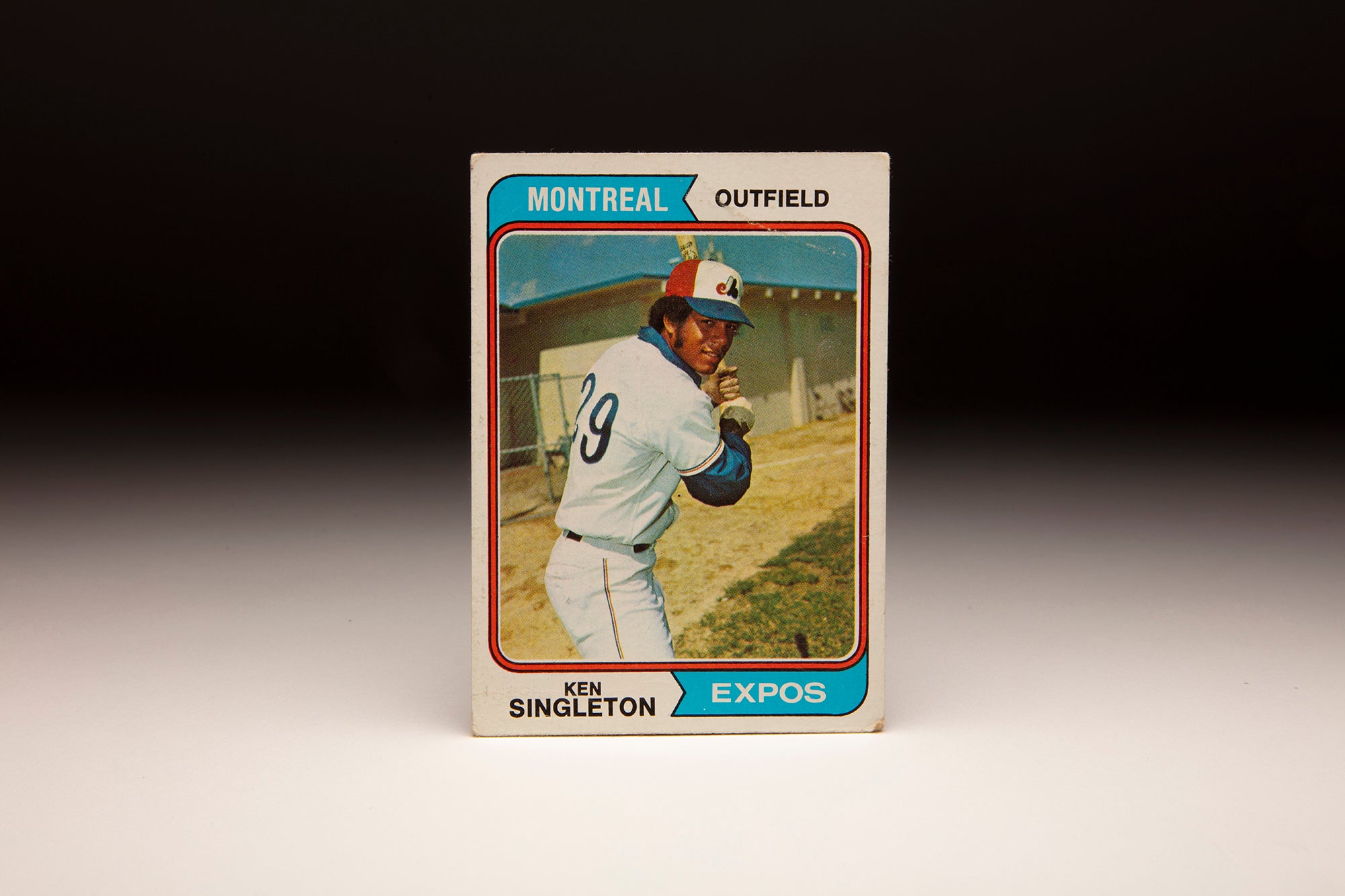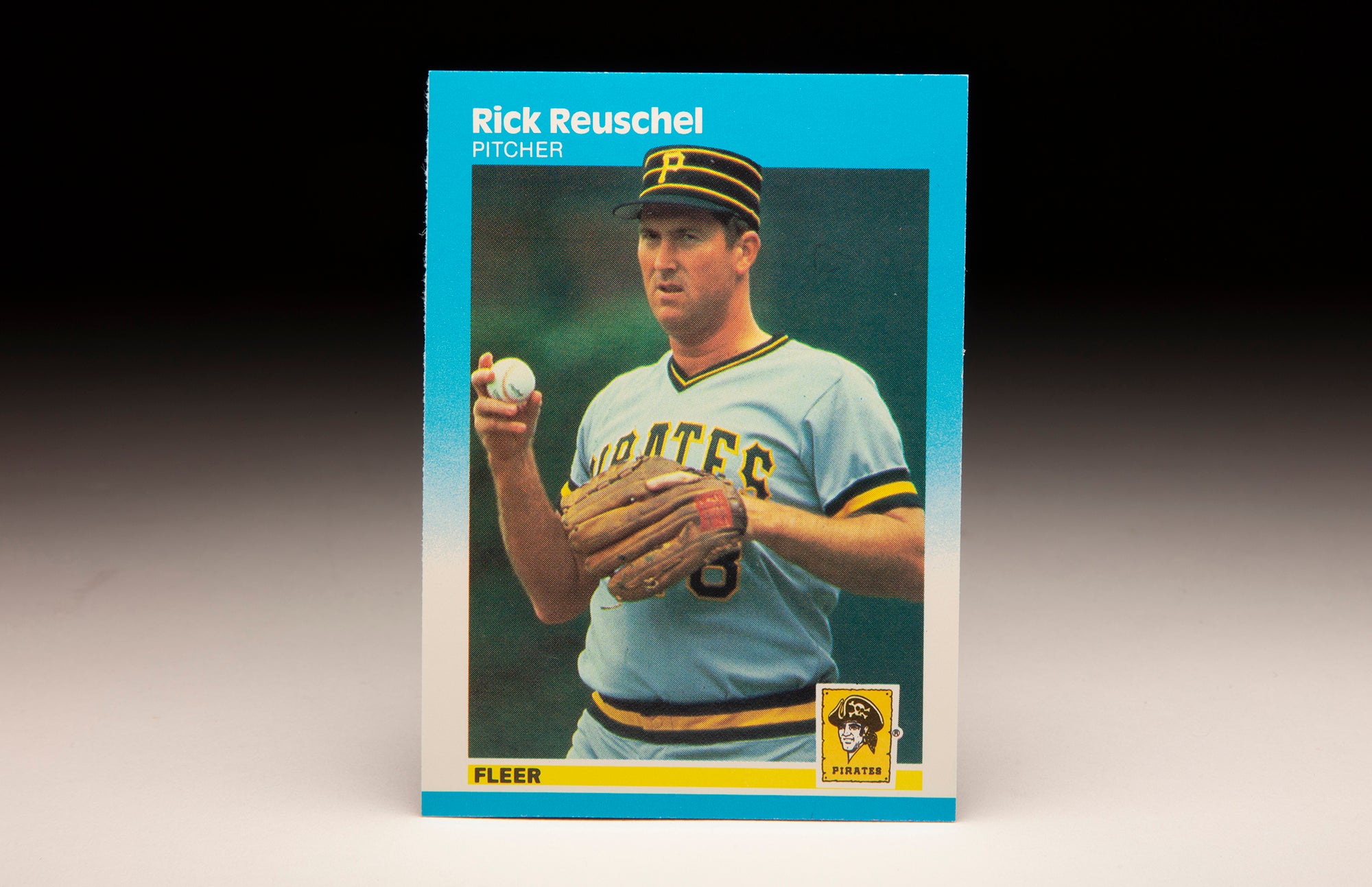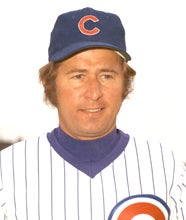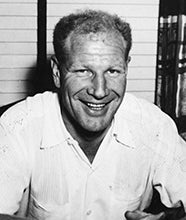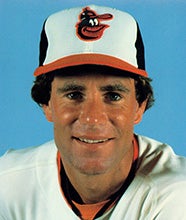- Home
- Our Stories
- #CardCorner: 1979 Topps Steve Stone
#CardCorner: 1979 Topps Steve Stone
For two generations of baseball fans in Chicago, Steve Stone has been the voice of summer.
Lost in that broadcasting legacy is the fact that in 1980, Stone was the most successful pitcher in the game.
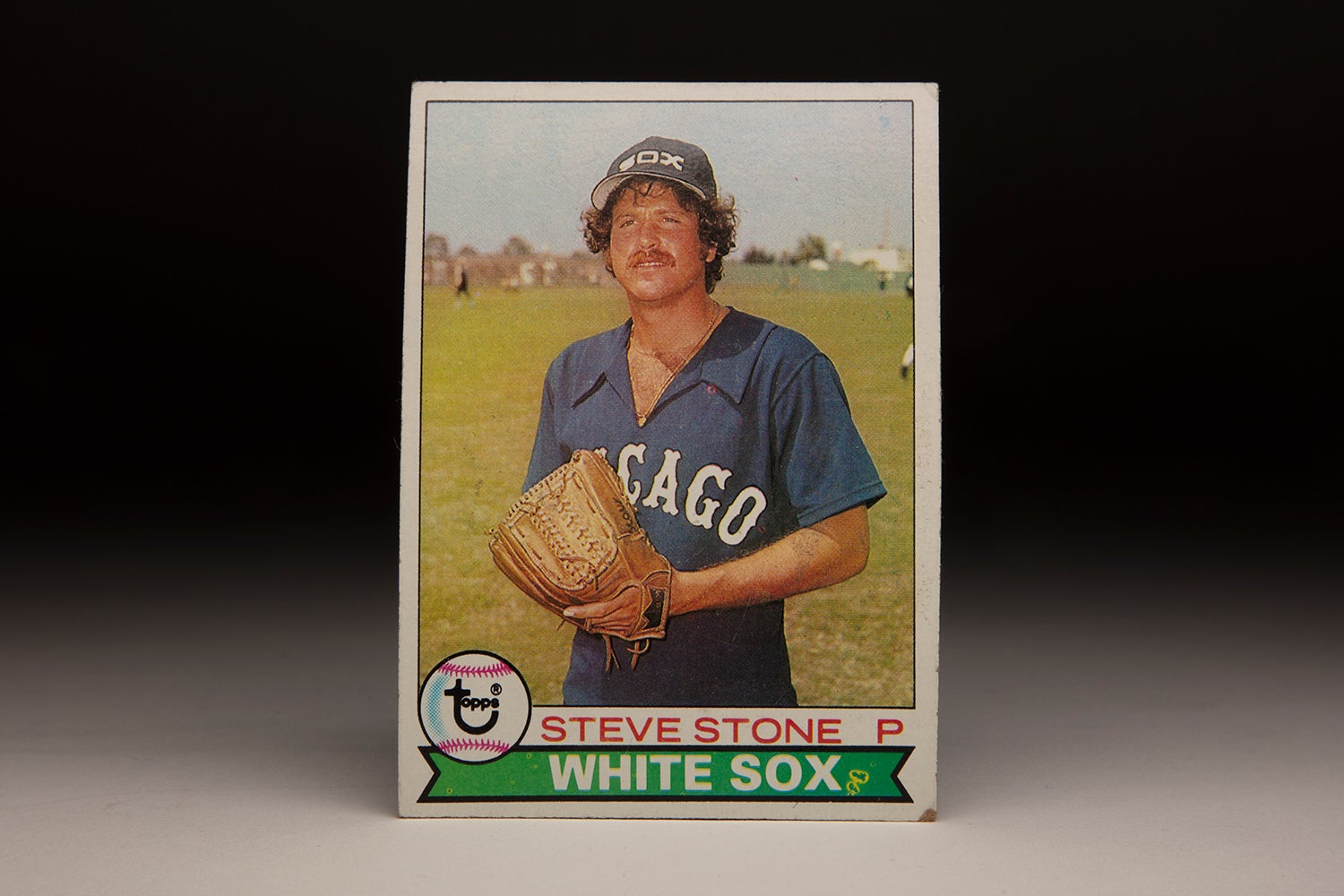
Born July 14, 1947, in the Cleveland suburb of Euclid, Ohio, Steven Michael Stone was an all-around athlete at Brush High School – he was a ping-pong and tennis champion while also excelling at golf – but went undrafted after graduation. Instead, Stone enrolled at Kent State University, where his catcher was future American League Most Valuable Player Thurman Munson.
Stone was a first-team All-Mid-American Conference pick as a junior in 1968, and that June he was selected in the 16th round of the MLB Draft by Cleveland. But Stone decided to remain in school and was selected by the Giants in the fourth round of the January 1969 MLB Draft – a draft for college players.
This time, Stone signed and pitched the 1969 season with Class A Fresno of the California League, where he went 12-13 with a 3.61 ERA and 184 strikeouts in 167 innings.
Stone eventually earned his teaching degree from Kent State with an emphasis on history and government. But his pitching arm would dictate a different career.
Stone began the 1970 season with Double-A Amarillo, where he was 9-5 with a 3.95 ERA before earning a promotion to Triple-A Phoenix. He finished the season 14-8 with a 3.19 ERA and 158 strikeouts in 172 innings, marking himself as one of the Giants’ top pitching prospects.
Meanwhile, four Kent State students were shot to death by the Ohio National Guard during campus protests on May 4, 1970. The tragedy hit home hard for Stone.
“Two of my fraternity brothers led the demonstration there,” Stone told the Chicago Daily News Service in 1973. “The girl who was our fraternity sweetheart was killed by the Ohio National Guard. So the event is bitterly etched in my memory.”
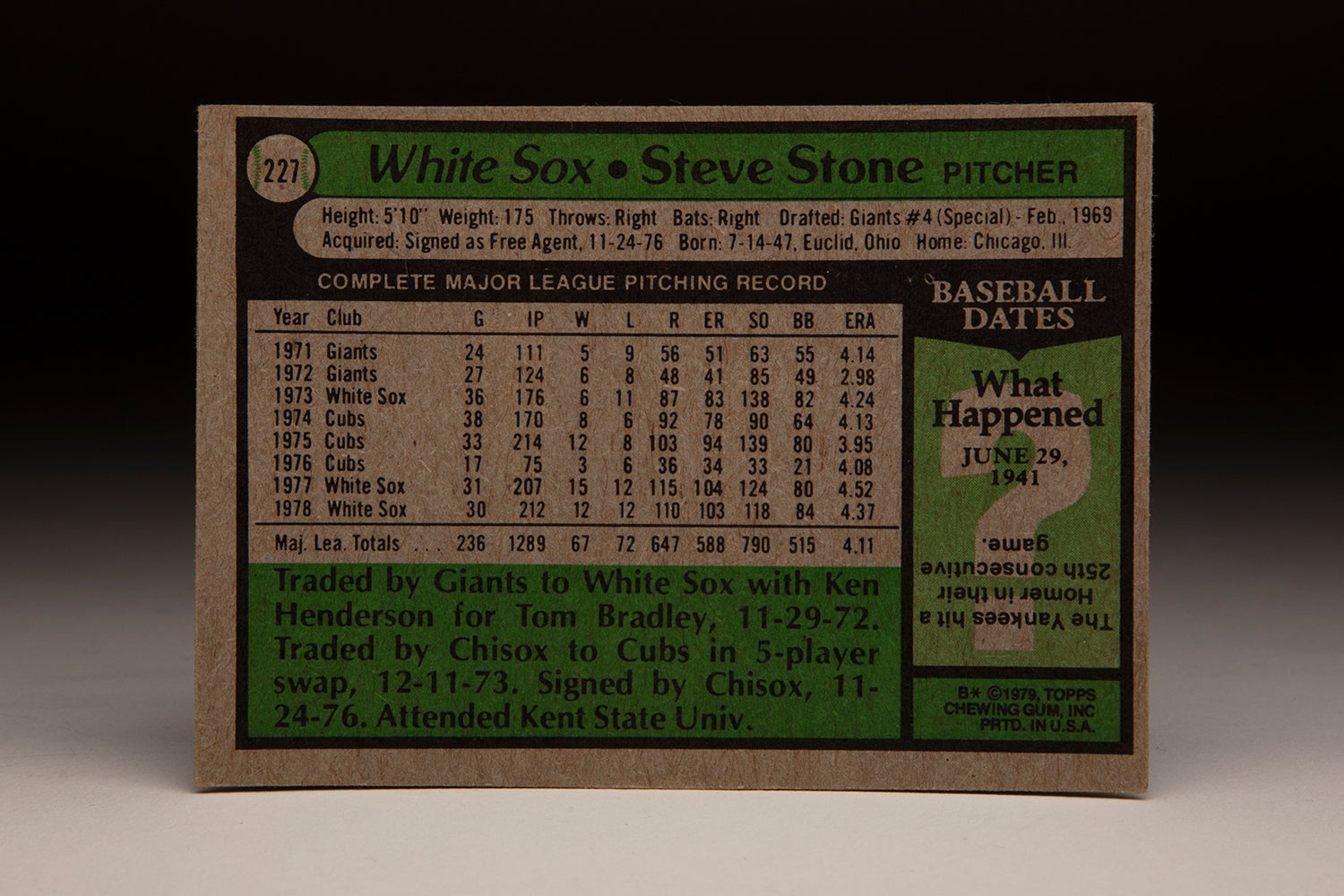
Earning an invitation to Spring Training in 1971, Stone impressed Giants manager Charlie Fox with his live fastball and earned a spot in the starting rotation. He pitched in the Giants’ third game of the season vs. the Padres, allowing four runs in three innings in his big league debut. But he bounced back in his next outing, allowing only one run over seven innings in a no-decision against the Astros April 14, then shut out the Pirates on five hits to notch his first big league win on April 23.
Stone threw a second shutout vs. the Padres on June 20 to even his record at 5-5. But he lost his next four decisions and was 5-9 with a 4.05 ERA when the Giants sent him back to Phoenix on July 20.
Stone went 6-3 with a 3.98 ERA in 10 appearances with Phoenix before returning to San Francisco in September. He made four appearances in relief for the Giants that month as San Francisco wrapped up its first postseason berth in nine years by winning the National League West title. But Stone was not included on the postseason roster, and the Giants fell to the Pirates in four games in the National League Championship Series.
Stone worked as a spot starter and reliever in 1972 and quickly became known for his cerebral approach to the game. In an era where ballplayers were expected to lead a rough-and-tumble lifestyle, Stone – whose Jewish faith was often noted in stories of the time – played chess, owned restaurants and wrote poetry.
“I’m no Hemingway but I like what I do,” Stone told The Times of San Mateo, Calif., in 1972. “I began writing after an experience I had in the bullpen in Little Rock in 1970. I was warming up and I could do anything with the ball. The catcher just had to put up his glove and I’d hit it perfectly. Then, when I got into the game, I had no idea of the strike zone. I wrote ‘Today’s Hero’ after that.”
Stone was 6-8 in 1972 but posted a 2.98 ERA and seemed to be part of the Giants’ future plans.
“He as good command of all his pitches,” Giants pitching coach Don McMahon told The Times. “His fastball is major league and so is his curve. He’s a strong kid and (manager Charlie Fox) has confidence in him.”
But Fox, an old-school manager, and Stone did not often see eye to eye. On Nov. 29, 1972, the Giants traded Stone and outfielder Ken Henderson to the White Sox in exchange for pitcher Tom Bradley.
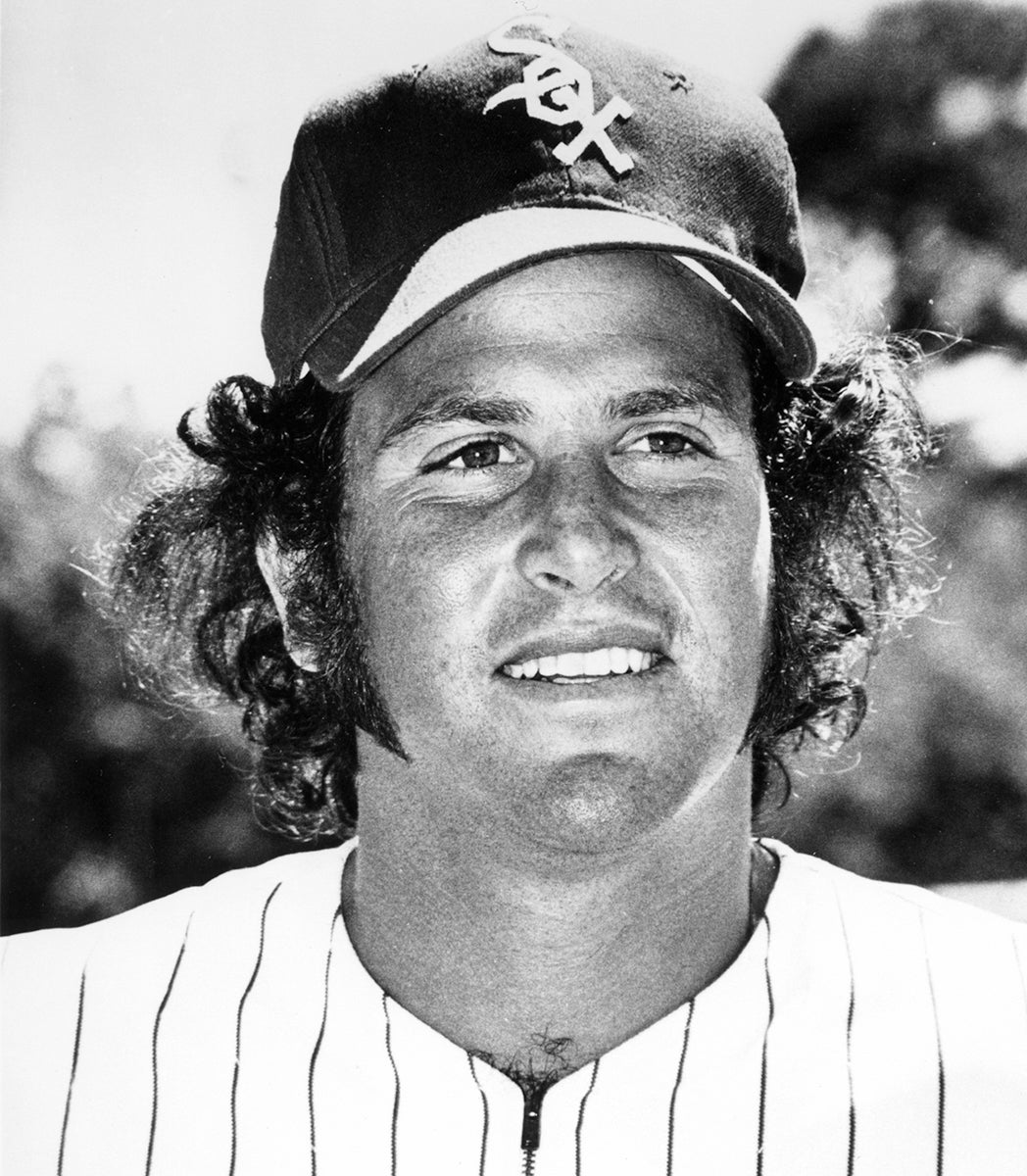
“I do not wish to continue in a personality conflict with Charlie Fox,” Stone told the Chicago Daily News Service in the spring of 1973. “Let me just say that Charlie Fox and I are of different worlds and that it is a pleasure to come to a place where they seem to prefer to deal in production rather than in personalities.”
The White Sox used Stone in both starting and relief roles in 1973, and Stone went 6-11 with a 4.24 ERA in 176.1 innings.
“A lot of times, I was throwing a good breaking ball on the first-pitch strike and a good breaking ball on the second strike,” Stone told the Associated Press after the season. “But unless you can come back with an even better breaking ball, you’re going to be in trouble because the batter had already seen one or two good ones and he’s going to hit the pitch if it’s weaker than what he’s already seen.”
The White Sox sent Stone to his third club in three seasons following the 1973 campaign, packaging him with Ken Frailing and Steve Swisher in a deal that brought Ron Santo back from the Cubs. Stone was utilized in a similar role with his new team, going 8-6 with a 4.14 ERA in 169.2 innings as a starter and reliever.
Then in 1975, Stone decided that he would make a concerted effort to crack the Cubs’ starting rotation.
“I went to training camp with a positive attitude and hoping to be a starter,” Stone told the Chicago Tribune after shutting out the Expos in the Cubs’ fourth game of the season on April 13. “I was always a nine-inning pitcher, but then I got the reputation from (Charlie Fox) that I was a six or seven-inning pitcher. I don’t think that’s true, and I went to Spring Training determined to show that it wasn’t.”

Stone did not make the Cubs’ initial starting rotation but got his opportunity when Rick Reuschel fell ill at the start of the year. After his shutout of the Expos, Stone remained a starter and finished the season with a 12-8 record and 3.95 ERA in 214.1 innings.
But in 1976, Stone appeared in just one game during the first three months of the season as he battled rotator cuff problems. He addressed the problem with weightlifting and cryogenic treatments and returned in July, finishing the season with a 3-6 record and 4.08 ERA in 75 innings.
Stone did not sign his contract in 1976, playing out his option and becoming a free agent at the end of the season. Looking to stay in Chicago close to his business interests, Stone signed a one-year deal with the White Sox worth a reported $60,000.
“I don’t have to make a living playing baseball,” Stone told Newsday after signing with the White Sox. “It happens that the things that make my happiest at this point in my life stem from throwing a baseball.”
Stone rewarded the White Sox’s gamble by going 15-12 with a 4.51 ERA in 31 starts in 1977. He returned to the White Sox on a one-year deal worth $125,000 for 1978 and went 12-12 with a 4.37 ERA in 30 starts.
On Nov. 29, 1978, Stone left Chicago after six years, signing a four-year deal with the Orioles worth a reported $700,000.
“I was hoping right up to the end that the White Sox could come up with something,” Stone told the Chicago Tribune. “It was a business decision with (White Sox owner Bill Veeck). I can respect him for that. Our relationship will always be a good one. He is the man I feel responsible for my getting the chance to achieve what I did contractually.
“I guess I’m one of the few free agents who loved Chicago. It’s the best city for fans on both sides of town.”
But money was not the only motivation for Stone’s choice to play for Baltimore.
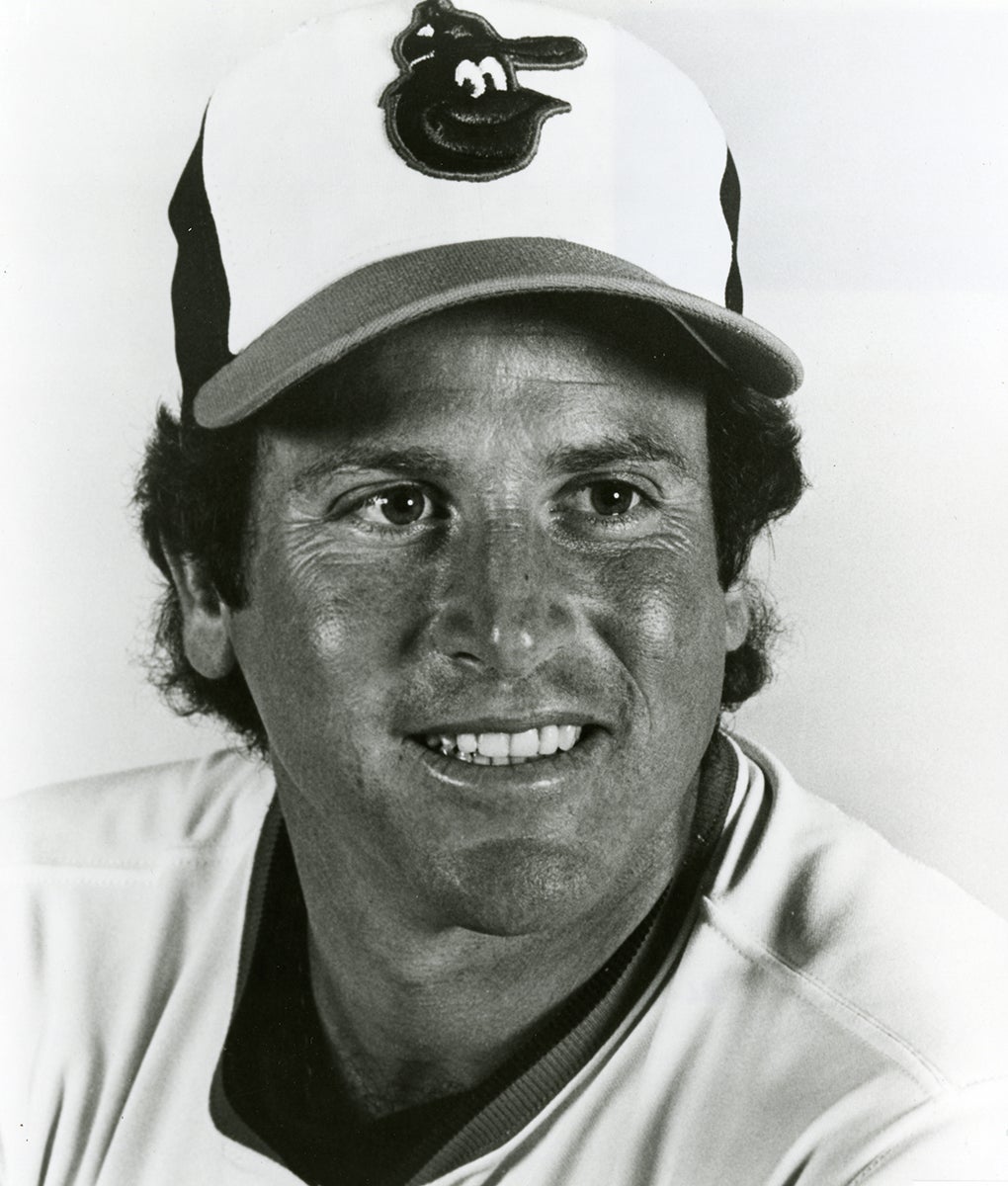
“What jumps out at you,” Stone told the Tribune, “is a lineup with four guys who hit more than 20 home runs apiece: Lee May, Ken Singleton, Eddie Murray and Doug DeCinces.”
The Orioles fulfilled Stone’s expectations in 1979, winning 102 games to capture the AL East title. Stone was part of a deep rotation that also featured Mike Flanagan, Dennis Martínez, Scott McGregor and Jim Palmer and posted an 11-7 record with a 3.77 ERA in 32 starts. But Stone was the odd-man out in the postseason, not working an inning in Baltimore’s win over California in the ALCS and appearing in just one game in relief in the World Series against Pittsburgh – a Game 4 outing that would prove to be Stone’s only postseason appearance.
In 1980, however, Stone became the Orioles’ unexpected ace. After falling to the Pirates in seven games in the 1979 World Series, Baltimore again fielded a powerful team in 1980 and battled with the Yankees for first place all season. Stone’s record was 6-3 heading into play on June 12 – a day he pitched a complete game six-hitter against the Mariners. He would win 14 straight decisions between May 9 and July 26 – starting the July 8 All-Star Game for the AL – and went 15-1 from June 12 through Aug. 23.
The Orioles fell short of the Yankees in the AL East race, but Stone finished 25-7 with a 3.23 ERA in 250.2 innings.
“There was no pressure during (the streak) because it kind of snuck up on me,” Stone told the AP after winning the AL Cy Young Award in a close race over Mike Norris of the Athletics. “Before I knew it, it was eight, nine and 10 in a row and then came the All-Star break where I didn’t think about the streak.
“I can’t deny that wearing a Baltimore uniform has made a big difference. I would have liked to play my whole career in Baltimore, but you can’t look back.”
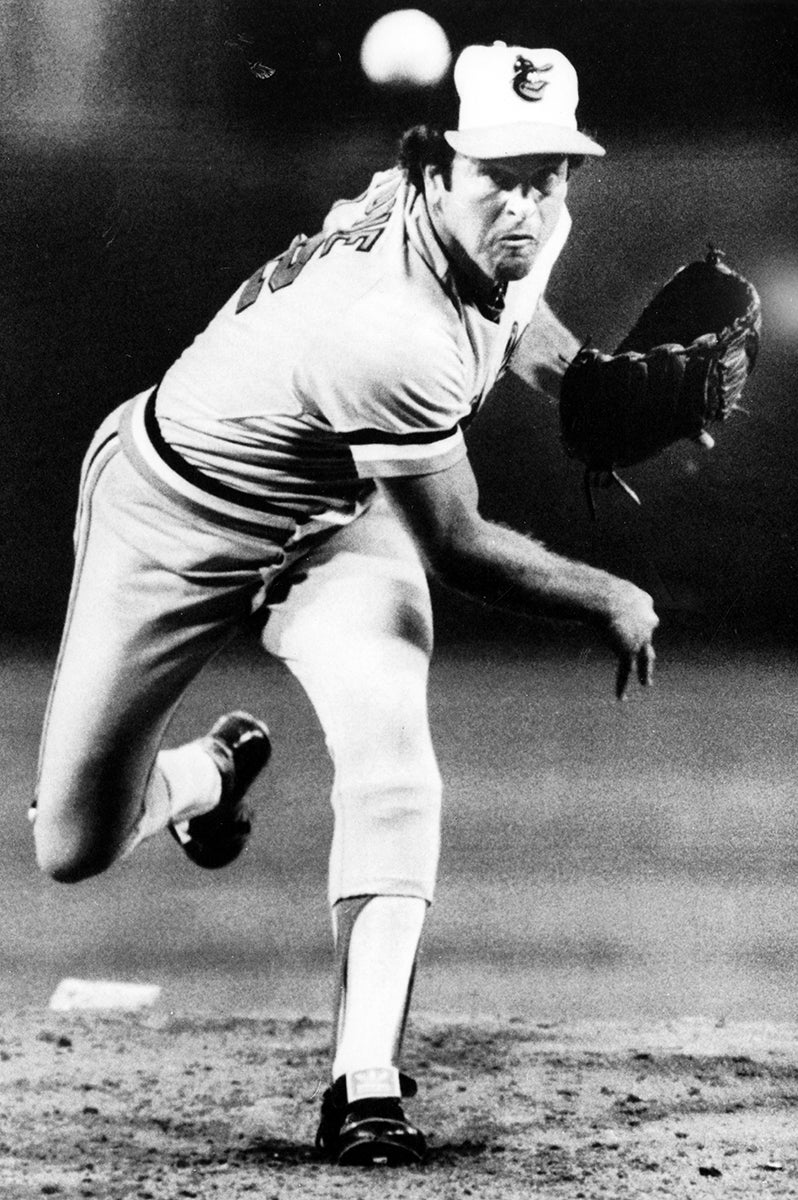
But after that massive workload in his age-32 season, Stone would make only 15 more appearances in his big league career – all in 1981. Stone entered the season by going on record in a United Press International story as saying he’d like to “win 30 games” and “pitch a no-hitter” but he went on the disabled list in May due to tendinitis in his elbow – likely due to increased use of his curveball during the 1980 season.
On June 1, 1982, Stone announced his retirement.
“Basically, my elbow determined my decision,” Stone told the AP. “It didn’t come around after a series of cortisone injections and a number of other types of therapy that we tried.
“I came to Baltimore as a mediocre performer and I leave Baltimore with a World Series, an All-Star Game and a Cy Young Award. So it’s not a question of ‘Why me?’ I think I’ve been more fortunate than most.”
By January of 1983, Stone was pitching at the Cubs’ fantasy camp.
“By the time camp finished, I was throwing real good curveballs,” Stone told the Akron (Ohio) Beacon Journal. “It’s going to be hard to stay away. But it’s just a pipe dream. Although I still keep thinking about August and the Cubs needing a relief pitcher and manager Lee Elia looking up to the radio booth and waving me in.
“Hey, I can dream, can’t I?”
But Stone had already transitioned into his next career, working ABC Monday Night Baseball games during the summer of 1982 before joining the Cubs’ TV team for 1983. He spent 20 seasons with the Cubs before moving to ESPN and TBS and then joining the White Sox crew in 2008. He was a finalist for the Hall of Fame’s 2023 Ford C. Frick Award for broadcasters.
He finished his 11-year playing career with a record of 107-93 with a 3.97 ERA. His career in the game qualifies him as a baseball “lifer” – one with a season where he was unquestionably one of the game’s best pitchers.
It was a testament to his perseverance – and his thoughtful approach to the game of life.
“When it comes to pitching, I’ve always felt that you ought to take advice and then try to incorporate it into your own style,” Stone told The Times in 1972. “The object is to get people out. That’s why new ideas never hurt. You have to keep an open mind.”
Craig Muder is the director of communications for the National Baseball Hall of Fame and Museum


